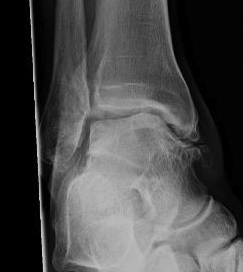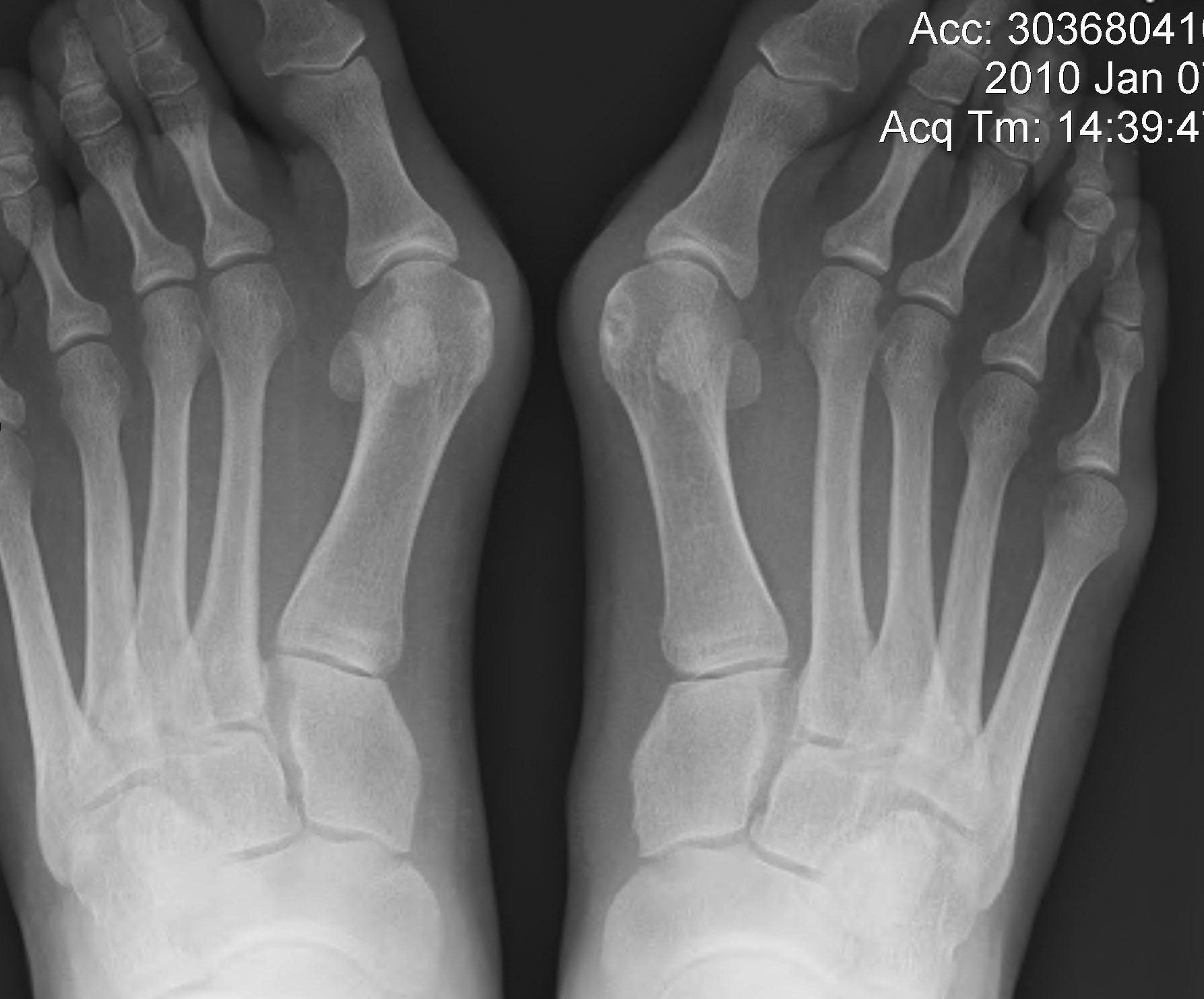Knee Exam
Look
Shoes
Walking aids
Front
Knee alignment
- physiological valgus
Patellar rotation
- squinting (inwards, increased PFA)
- grasshopper eyes (high and lateral)
Swelling
Quads Wasting
Scars

Shoes
Walking aids
Front
Knee alignment
- physiological valgus
Patellar rotation
- squinting (inwards, increased PFA)
- grasshopper eyes (high and lateral)
Swelling
Quads Wasting
Scars

Walking aid
Footwear - shoe raises
Front
- Overall alignment of Lower Limb
Side
- lumbar lordosis
- flexed attitude of hip / knee
- scars
Back
- lumbar spine
- buttock wasting
- popliteal creases
- examine ROM
- try to differentiate spine and hip
Limp - asymmetrical gait pattern
Note: Children assume adult walking patterns by the age of eight
1. Rate
- increased, decreased or normal
2. Rhythm
- normal or limp
- limp is a disturbance in normal rhythm
- numerous causes - see below
3. Gait cycle
- individual cycle
Aids
Shoes - raises / wear patterns
Stigmata generalised disease
Hands - RA, CMT
Front
Knee alignment
Forefoot - Hallux & Lesser toes
Scars
Circulatory changes
Medial Side
Turn affected side away & ask to step foot forward
Flexed attitude of knee
Medial arch - planus / cavus
Schwannoma
- benign tumour of nerve sheath
Less common than neurofibroma
- occurs in adults
- can occur along any peripheral nerve
- also can occur along a nerve root
Usually a large nerve
More common in forearm
Seen in NF 2
- acoustic Schwannoma
Chronic instability due to rupture of one or more parts of the lateral ligament
Progressive injury
1. Anterolateral capsule
2. ATFL
3. CFL
Can lead to ankle OA over time

Partial or complete rupture of one or parts of lateral ligaments of ankle
- common ankle sprain
Lateral ligaments sprains are the most common ligamentous injuries of the human body
- account for approximately 15% of all athletic injuries
- it is estimated that there is one ankle inversion injury per day per 10,000 people
Most common young males
- average age 27
More common in girls
High incidence of positive family history (75%)
Can be associated with mild CP

Congruent joint
- 50% compared with 9% in adult HV
Metatarsus primus varus
Painful restriction of dorsiflexion of the great toe
- secondary to degenerative changes in MTPJ
- initially pain and synovitis
- osteophytes don't form medially or on plantar aspect
Two peaks
1. Adolescence F > M
2. Middle Age M > F
Often Idiopathic
Trauma